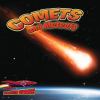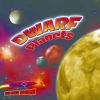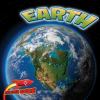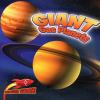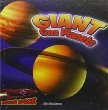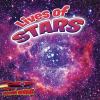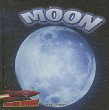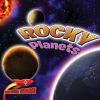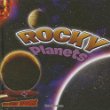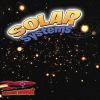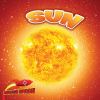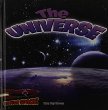Search Results: Returned 13 Results, Displaying Titles 1 - 13
-
-
2014., Rourke Educational Media Call No: 523 STIEFEL Availability:1 of 1 At Location(s) Series Title: Inside outer spaceSummary Note: Looks at the physical characteristics of comets and meteors and their effects on Earth.
-
-
2014., Rourke Educational Media Call No: 523.49 HIGGINS Availability:1 of 1 At Location(s) Series Title: Inside outer spaceSummary Note: Explains what dwarf planets are and where they are located in the solar system, and describes the characteristics of known dwarf planets, including Pluto, Eris, and Ceres.
-
-
Call No: 523.49 Availability:1 of 1 At Location(s) Series Title: Inside outer spaceSummary Note: Explains what dwarf planets are and where they are located in the solar system, and describes the characteristics of known dwarf planets, including Pluto, Eris, and Ceres.
-
-
2014., Rourke Educational Media Call No: 525 LUNDGREN Availability:1 of 1 At Location(s) Series Title: Inside outer spaceSummary Note: Learn about how the Earth rotates on its axis, giving us day and night, and how it orbits and is warmed by the giant star we call the Sun.
-
-
2014., Rourke Educational Media Call No: 523.4 STEINKRAUS Availability:1 of 1 At Location(s) Series Title: Inside outer spaceSummary Note: Presents facts about the gas giants, Jupiter, Saturn, Uranus, and Neptune, the four planets farthest from the Sun.
-
-
Call No: 523.4 Availability:1 of 1 At Location(s) Series Title: Inside outer spaceSummary Note: Presents facts about the gas giants, Jupiter, Saturn, Uranus, and Neptune, the four planets farthest from the Sun.
-
-
2014., Rourke Educational Media Call No: 523.8 STIEFEL Availability:1 of 1 At Location(s) Series Title: Inside outer spaceSummary Note: Explores what stars are made of, the different types of stars, what the lifespan of a star is, and the different colors and constellations they form.
-
-
2014, Rourke Educational Media Call No: 520 Availability:1 of 1 At Location(s) Series Title: Inside outer spaceSummary Note: Earth has one natural satellite, our Moon. Shining bright in the sky it almost looks like you could reach out and touch it! But Earth's Moon is about 238,000 miles away! Learn about other Moon's in our solar system, the different phases of the Moon, what the Moon's atmosphere is like, and the explorations of this wonderful bright circle in the sky.
-
-
2014., Rourke Educational Media Call No: 523.4 STEINKRAUS Availability:1 of 1 At Location(s) Series Title: Inside outer spaceSummary Note: Presents facts about the rocky planets, Mercury, Venus, Earth, and Mars, the four planets closest to the Sun.
-
-
Call No: 523.4 Availability:1 of 1 At Location(s) Series Title: Inside outer spaceSummary Note: Presents facts about the rocky planets, Mercury, Venus, Earth, and Mars, the four planets closest to the Sun.
-
-
2014., Rourke Educational Media Call No: 523.2 HIGGINS Availability:1 of 1 At Location(s) Series Title: Inside outer spaceSummary Note: Provides an overview of our solar system and of other solar systems that scientists have found.
-
-
2014., Rourke Educational Media Call No: 520 LUNDGREN Availability:1 of 1 At Location(s) Series Title: Inside outer spaceSummary Note: Thousands of stars shine in the night sky, but during the day only one is visible! The Sun, the star in the center of our solar system is 93 million miles away from our Earth. Learn about the temperature, atmosphere, and composition of the Sun, as well as how the Sun's burning gases make heat and light, causing Earth's weather and climate. Bathing our planet in warmth and light, learn how plants, animals, and humans all depend on this big ball of light formed over 4 billion years ago! This book will allow students to make observations at different times of the year to relate the amount of daylight to the time of year.
-
-
2014, Rourke Educational Media Call No: 523.1 Availability:1 of 1 At Location(s) Series Title: Inside outer spaceSummary Note: Provides an overview of the universe.

